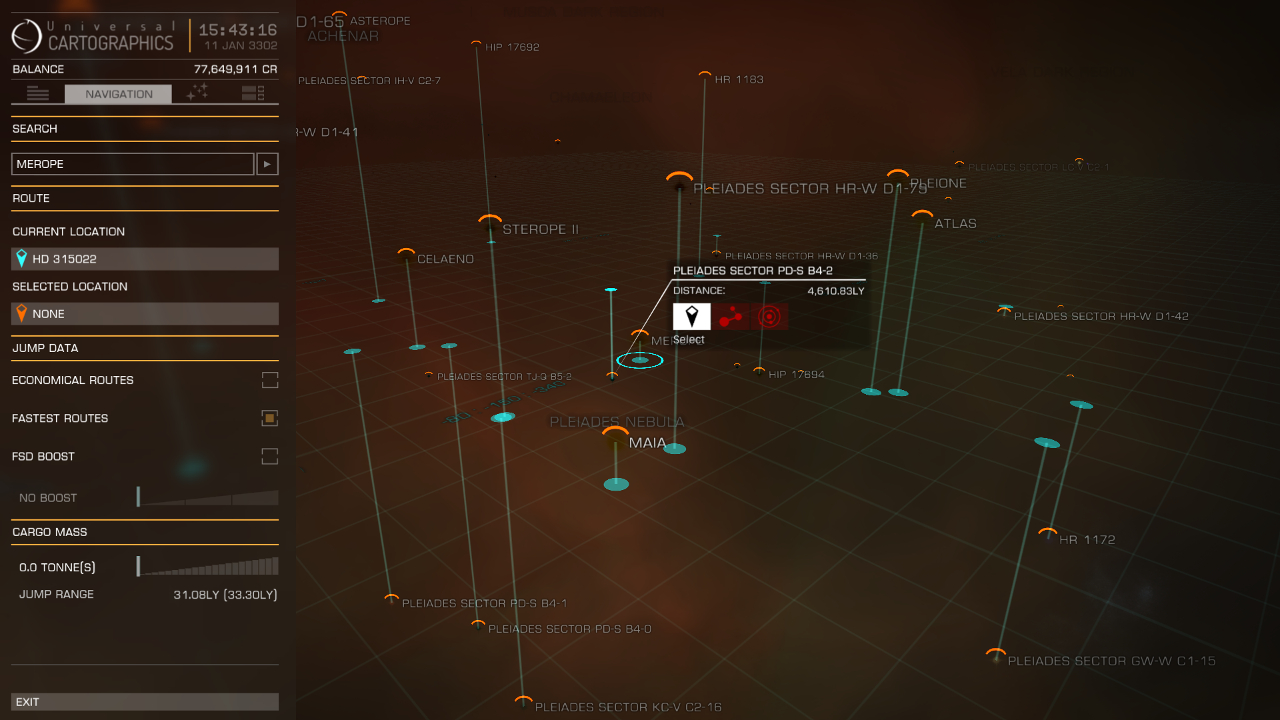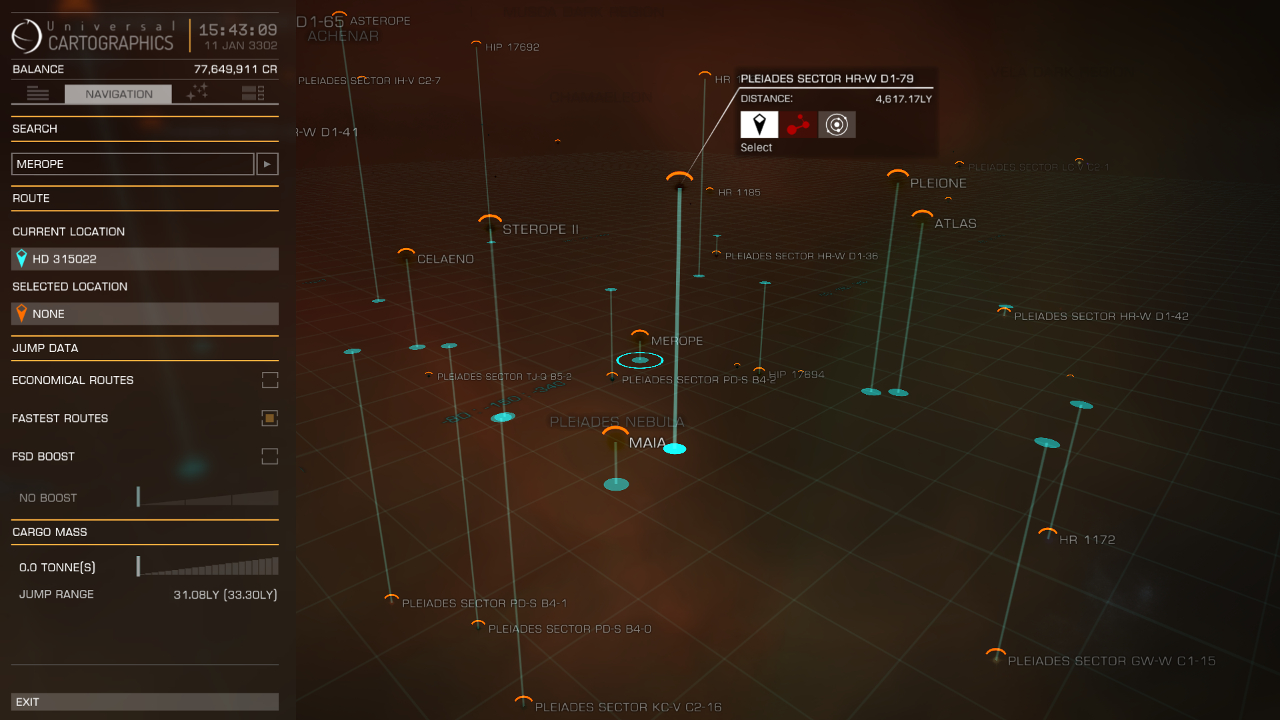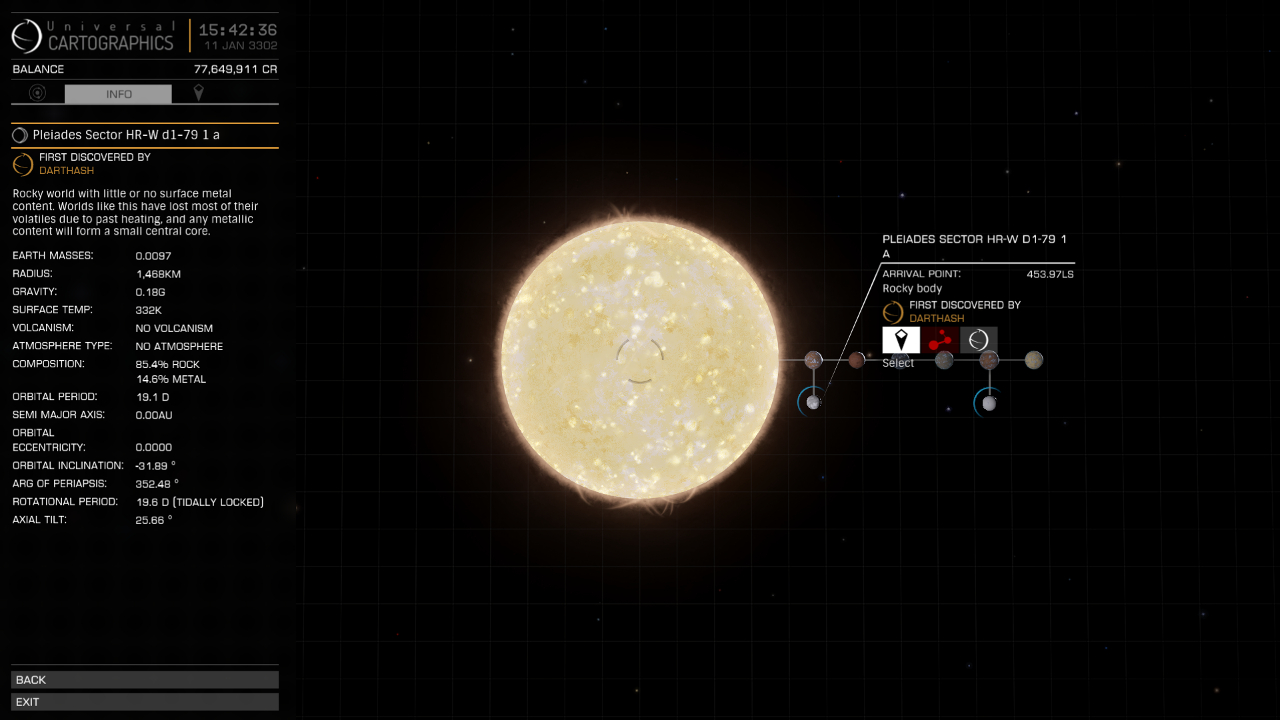Great points. The bolded bit is a bit conflicting though. If they really wanted a very dark place, they wouldn't pick a system within a nebula to start with.
The only things I can think of as being significant for nebulae:
- They reflect light, which means <in game hat on> someone/something might like brighter places or <out of game hat on> the brighter light makes these places easier to search!
- They're visual landmarks that are a lot more appealing than a random system in deep space.
- They're the nurseries for stars and planets. Has anyone seen a brand new star or planet recently? Maybe if we hang around for a few million years something might show up....
In terms of the nebula/black hole and darkness, it's as much about symbolism, as anything else. Maia contains the darkest planetary bodies in the Nebula, that I am aware of.
B1G and B1F get the closest to the black hole and also orbit a brown dwarf which gives off almost no light. It's the darkest part of the system. When sitting on B1G or B1BA, it almost feels like hell itself, when looking at the binary planet in the sky. Awesome sight regardless of the search.
Regarding Nebulae. They are not as bright in real life. NASA (and FD) enhance the colours and brightness so it looks prettier and is easier to see.
These things could be anywhere though. So everywhere in the nebula needs searched, which we are doing.










